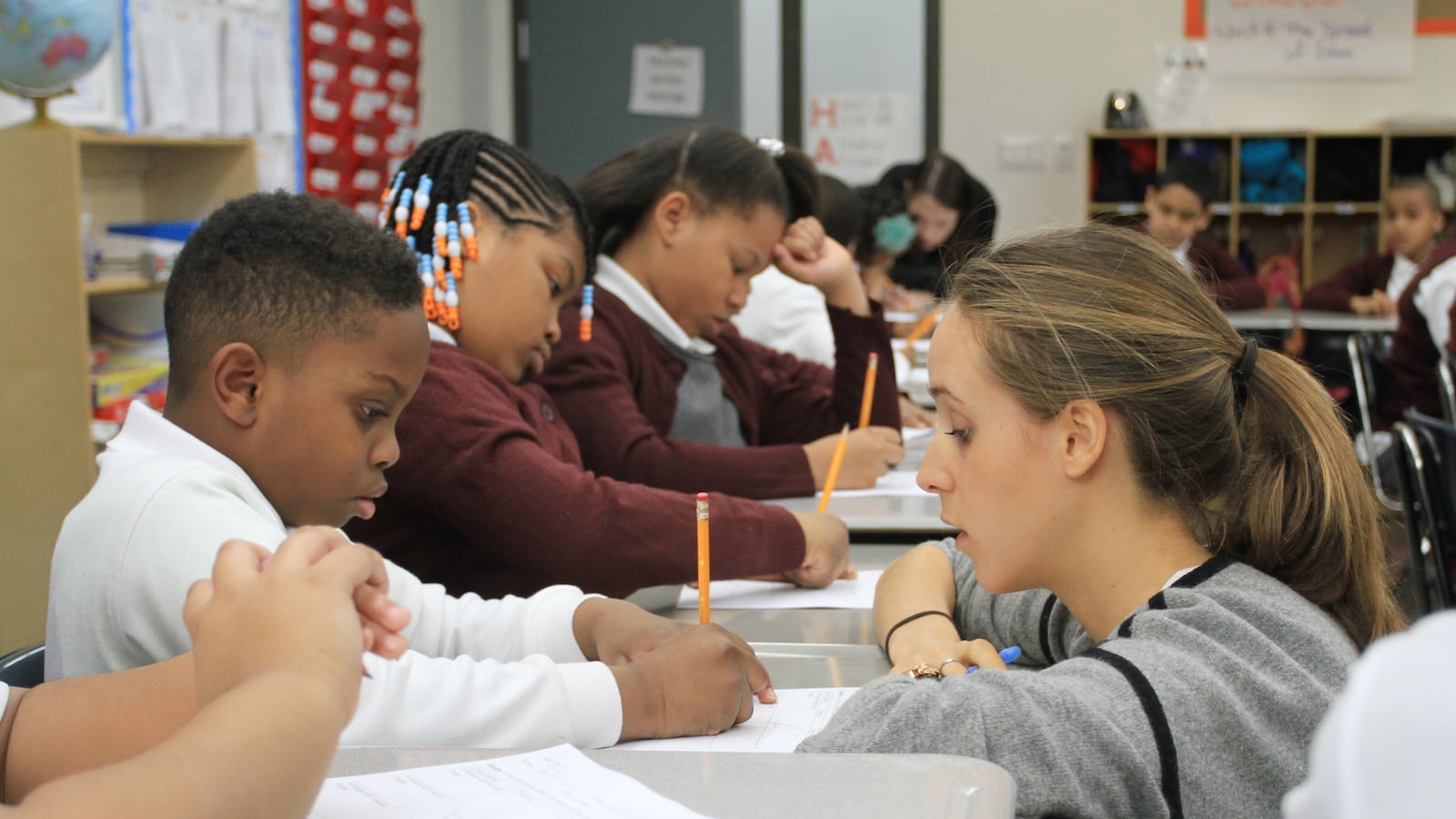Racial bias among educators may play a larger role than previously understood in deciding whether students are referred for special education or gifted programs, according to new research from NYU.
The study, the first of its kind to show a direct link between teacher bias and referrals for special services, found stark differences in how teachers classify students of different racial and ethnic backgrounds showing identical signs of disability or giftedness.
Teachers were more likely to see academic shortfalls as disabilities among white students, even when students of color demonstrated the same deficits. They tended to see these struggles as “problems to fix,” the study explains, if students were white. And students of color were more likely be referred for special-education testing when they had emotional or behavioral issues compared with identical white peers — and were less likely to be identified as gifted.
Those findings may help inform a debate that has divided researchers: Is special education racist if students of color tend to represent a greater share of its population? Or do problems associated with poverty that can affect cognitive development (lead exposure, for instance) mean that students of color might actually be underrepresented in special education settings?
The study, which is set to appear in the journal Social Science Research, doesn’t resolve that debate. But it does offer evidence that bias plays a role in both over- and under-classifying students for certain services.
“The issue is that racism affects all of us, and teachers are in positions of power,” said Rachel Fish, the study’s author and a professor at New York University’s Steinhardt School.
Educators are an important focus because they are responsible for about 75 percent of all referrals for gifted or special ed programs, according to the report. And in the vast majority of cases, the evaluation process confirms a teacher’s suspicion.
Fish was able to isolate a student’s race as a deciding factor by giving 70 third- and fourth-grade teachers culled from an unnamed large, northeastern city a survey that described identical behaviors, but signaled different racial identities. Teachers were randomly assigned to read profiles of fictional male students who showed signs of academic challenges, behavioral/emotional deficits, or giftedness. The only thing that changed was their name: Jacob, Carlos, or Demetrius.
The teachers who participated were more likely to see academic deficits in white students as “medicalized problems to fix,” while black and Latino students with the same deficits were seen as ordinary. The implication, according to the study, is that “low academic performance is normal for [students of color], and not a problem to remediate.”
And in terms of behavioral challenges, black and Latino students’ actions were “seen as more aggressive and problematic than misbehavior by white boys.”
That could have troubling implications for equal access to appropriate education services because students who are classified as having behavioral issues tend to be treated differently.
“If you’re labeled with an emotional behavior disorder, you’re likely going to be excluded from the general education classroom and it’s likely you’ll be greatly stigmatized,” Fish said in an interview. While there isn’t much conclusive research on how students’ classifications affect them down the road, there is evidence that being labeled with a behavioral disorder is associated with future incarceration.
The study also found that bias helped determine whether students were considered gifted: Teachers evaluated white students’ skills more favorably than their black and Latino peers.
The picture is slightly more complicated for English learners. Teachers tended to refer a student with mild academic challenges for special education services if he was a white ELL student, as opposed to a black or Latino ELL peer. They were more likely to perceive Latino boys as having behavioral issues if they were non-native English speakers. But they were less likely to perceive white ELL boys as having behavior problems than their white non-ELL peers, according to the study.
Many of these problems are evident in New York City, where students of color are underrepresented in gifted and talented programs, and white students often face less severe behavioral interventions.
Still, Fish acknowledges that the study has some limitations and shouldn’t be overgeneralized. Because it relies on a small group of teachers evaluating fictional students, it’s hard to claim that her findings apply in real situations across the board.
But Celia Oyler, a professor at Teachers College who studies inclusive education, said that while previous research has shown racial disparities in gifted and special education, this study is among the first to describe one mechanism of how that sorting happens.
“We don’t really have very good ways to get at implicit bias,” she said. “And this is a really, really good way.”
Still, like Fish, Oyler is careful to point out that the findings don’t suggest teachers should be branded as racists; there are larger institutional factors at play that enable implicit bias.
“What is wrong with our system that we continue to sort and label kids at both ends of the imagined bell curve,” she asks, “and then give them different kinds of educational opportunities based on what we perceive them to be?”

